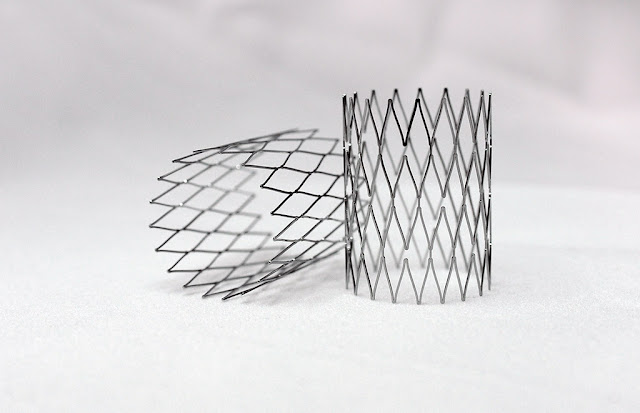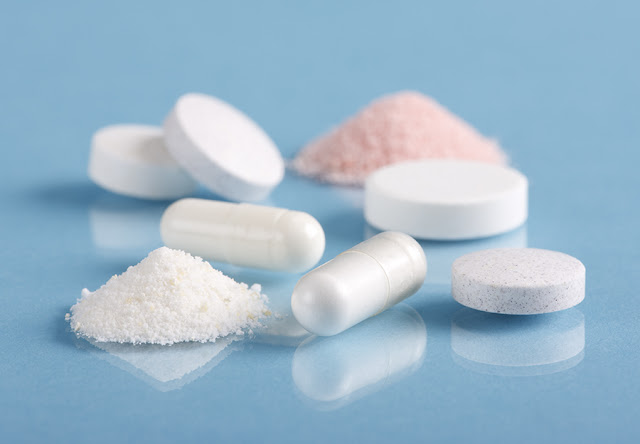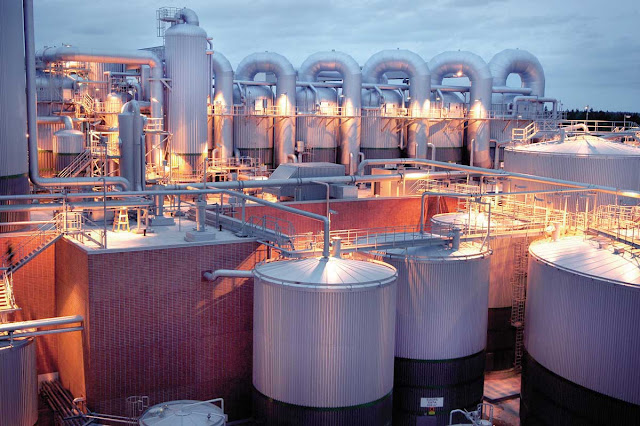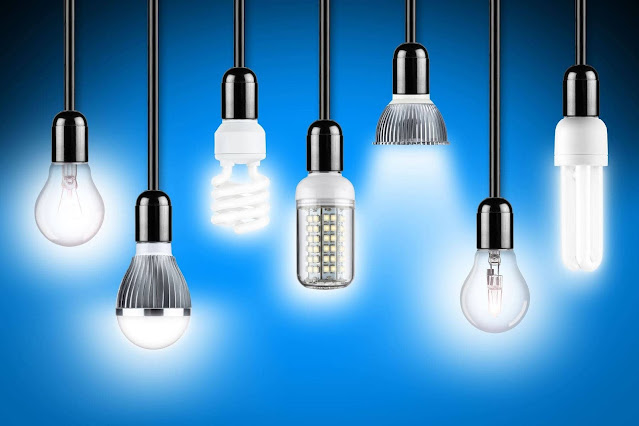Patient Mechanical Lift Handling Equipment - A Growing Necessity in Healthcare
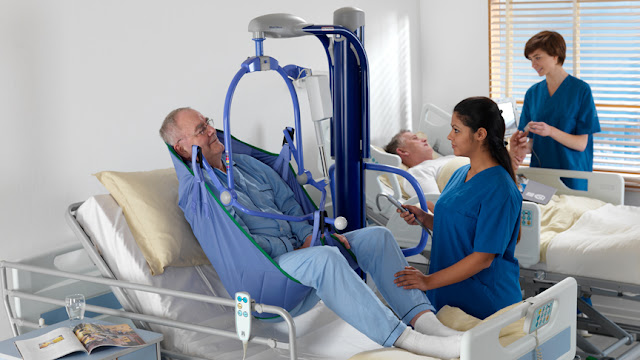
Patient Mechanical Lift Handling Equipment With an aging population and growing prevalence of chronic illnesses, the demand for patient handling equipment that reduces physical strain on healthcare workers is rising exponentially. Mechanical lift equipment designed to transfer and move patients in healthcare facilities has become a essential part of modern patient care. This article examines the need for such equipment, various types available in the market, benefits they provide as well as safety guidelines for their proper use. Need for Patient Lifts Caring for patients with limited mobility poses many challenges for healthcare workers. Tasks like lifting patients from beds to wheelchairs, transporting them between rooms or assisting them to sit up put a tremendous amount of physical stress on caregivers. Over time, this repetitive strain can lead to back injuries which are a leading cause of lost workdays. With nursing staff shortages prevalent, it is important that facilities...

